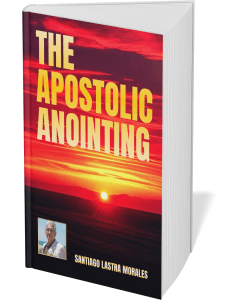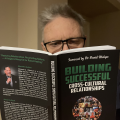Christian Unity vs Division: Learning from Church History: Few topics stir as much passion in the Christian world as unity and division. From the early church councils to the Protestant Reformation, history shows that disagreements among believers have shaped the course of Christianity. While some divisions were necessary to preserve the truth of the gospel, others left deep wounds. For Christians today, the challenge is the same: how do we build unity without compromising truth, and how do we deal with ideological divisions in modern churches?
Lessons from Church History: Christian Unity vs Division: Learning from Church History
The New Testament church faced disputes almost immediately. In Acts 15, the Jerusalem Council debated whether Gentile believers needed to follow Jewish laws. The apostles reached agreement through prayer, discussion, and reliance on the Holy Spirit. This early example shows that disagreements don’t have to result in division—they can refine the church’s mission when handled with wisdom.
(Christian Unity vs Division: Learning from Church History) Fast forward to the Reformation of the 16th century. Martin Luther’s 95 Theses challenged the abuses of the medieval church and ignited a movement that reshaped Christianity. The Reformation recovered essential truths—salvation by grace through faith, the authority of Scripture—but also splintered the Western church into countless denominations. While truth was upheld, the legacy of division still affects the body of Christ today.
History reminds us that not every disagreement must end in separation. At the same time, Christians must sometimes draw lines when the gospel itself is at stake. The key lesson is this: unity must be anchored in biblical truth, not in compromise for its own sake.
Building Unity Without Compromising Truth
(Christian Unity vs Division: Learning from Church History) Christian unity does not mean uniformity. Paul wrote in 1 Corinthians 12 that the church is one body with many members. Differences in worship style, tradition, or culture should not divide us. Instead, they can reflect the richness of God’s kingdom.
So how can believers pursue unity?
- Keep the gospel central. Unity begins with agreement on the essentials: Christ’s death, resurrection, and lordship. Secondary issues, while important, should not be elevated to gospel level.
- Practice humility. Pride fuels division. Paul urged the Philippians to consider others better than themselves (Philippians 2:3). A humble spirit creates space for dialogue and reconciliation.
- Prioritize love. Jesus said the world would know His disciples by their love (John 13:35). Genuine love builds bridges where arguments cannot.
Unity requires effort, patience, and prayer. It means choosing to listen before judging and seeking common ground without diluting truth.
Facing Modern Ideological Divisions: Christian Unity vs Division: Learning from Church History
Today’s church wrestles with new sources of division: politics, social issues, theology, and even worship preferences. Social media amplifies disagreements, creating echo chambers and fueling hostility between believers.
How should Christians respond? First, by remembering that Christ prayed for unity in John 17. Division weakens the witness of the church, but unity rooted in truth strengthens it. Second, by refusing to let secondary issues eclipse the central message of the gospel. Whether debating worship styles, church governance, or cultural engagement, Christians must distinguish between essential doctrines and disputable matters.
Finally, the church must recover the art of gracious disagreement. It is possible to hold firm convictions while treating others with respect. In Romans 14, Paul encouraged believers to avoid quarrels over disputable matters and instead pursue what leads to peace and mutual edification. That wisdom is desperately needed today.
A Call to Unity in Christ
Christian history is filled with both painful divisions and inspiring moments of unity. The lesson for us is clear: unity is not optional—it is part of our witness to the world. Yet unity must never come at the cost of biblical truth.
As modern Christians, we are called to be peacemakers, bridge builders, and truth bearers. When we place Christ at the center, differences no longer divide but can enrich the body of Christ. By learning from history, pursuing love, and holding fast to the gospel, the church can shine as a united witness in a divided world.






2 thoughts on “Christian Unity vs Division: Learning from Church History”
“Truth bearers, peacemakers and bridge builders”…..love it!
Very special for an author when your wife leaves a comment. 🙂